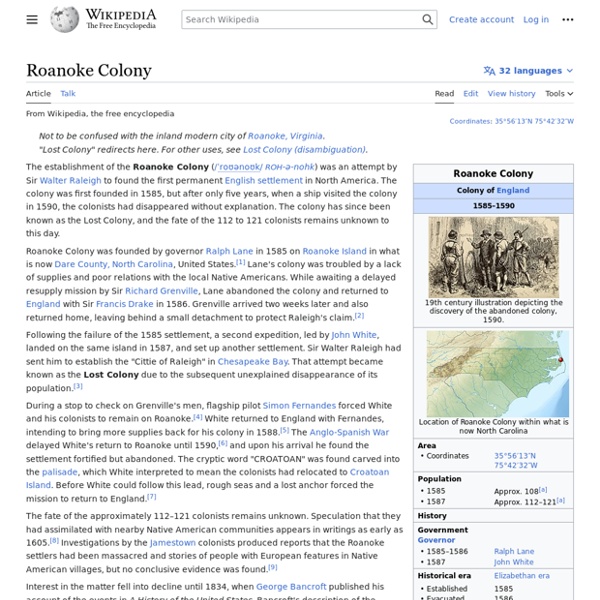Stenka Razin
Cossack leader Stepan Timofeyevich Razin (Russian: Степа́н Тимофе́евич Ра́зин, Russian pronunciation: [sʲtʲɪˈpan (ˈsʲtʲenʲkə) tʲɪmɐˈfʲeɪvʲɪtɕ ˈrazʲɪn]; 1630 – June 16 [O.S. June 6] 1671), known as Stenka Razin (Стенька), was a Cossack leader who led a major uprising against the nobility and tsarist bureaucracy in southern Russia in 1670–1671. Early life[edit] Razin's father, Timofey Razya, supposedly came from a suburb of Voronezh, a city near Russia's steppe frontier, called the Wild Fields. Protracted wars with Poland in 1654–1667 and the Russo-Swedish War (1656–1658) put a heavy burden upon the people of Russia. Razin's first notable exploit was to destroy the great naval convoy consisting of the treasury barges and the barges of the Patriarch and the wealthy merchants of Moscow. Background[edit] Stepan Razin in a contemporary English engraving The Time of Troubles, which lasted from 1598 to 1613, was a difficult period for Russia. Departure from the Don[edit] Persian expedition[edit]
Göbekli Tepe
Neolithic archaeological site in Turkey First noted in a survey in 1963, the importance of the site was recognised by Schmidt, who directed excavations there from 1995 until his death in 2014. Since then, work has continued under the auspices of Istanbul University, Şanlıurfa Museum, and the German Archaeological Institute, under the overall direction of Turkish prehistorian Necmi Karul. It was designated a UNESCO World Heritage Site in 2018, recognising its outstanding universal value as "one of the first manifestations of human-made monumental architecture".[5] As of 2021[update], less than 5% of the site has been excavated.[6] Background Göbekli Tepe was built and occupied during the Pre-Pottery Neolithic (PPN)—the earliest division of the Neolithic period in Southwest Asia—which is dated to between 9600 and 7000 BCE. Known PPN sites in the Urfa region. PPN villages consisted of clusters of stone or mud brick houses, and sometimes substantial monumental or 'communal' buildings. fill Art
History, Travel, Arts, Science, People, Places
As we look forward to celebrating the bicentennial of the “Star-Spangled Banner” by Francis Scott Key, I have to admit, with deep shame and embarrassment, that until I left England and went to college in the U.S., I assumed the words referred to the War of Independence. In my defense, I suspect I’m not the only one to make this mistake. For people like me, who have got their flags and wars mixed up, I think it should be pointed out that there may have been only one War of 1812, but there are four distinct versions of it—the American, the British, the Canadian and the Native American. Moreover, among Americans, the chief actors in the drama, there are multiple variations of the versions, leading to widespread disagreement about the causes, the meaning and even the outcome of the war. In the immediate aftermath of the war, American commentators painted the battles of 1812-15 as part of a glorious “second war for independence.” The truth is, the British were never happy.
Earth - World Treasures: Beginnings | Exhibitions
The Tao is called the Great Mother; Empty yet inexhaustible, it gives birth to infinite worlds. Lao-tzu, Tao Te Ching. Views of the Earth Jaina World View Jainism, an Indian religion distinct from Hinduism and Buddhism, was founded by Vardhamana Mahavira, called "the Jina" (conqueror), who lived in the sixth century B.C. Manusyaloka (The Human World). Bookmark this item: Sacred Cows This poster represents the figure of the cow as containing all the Hindu gods and quotes Sanskrit texts: O noble folk, protect the cow, who protects your stomach, for . . . Vidynandasvm, Director, Ngapuragorakshanasabh [Nagpur Cow Protection League]. Bookmark this item: The world was made, not in time, but simultaneously with time. St. Medieval Islamic Map of the World At the center of the map are the two holiest cities of Islam: Mecca and Medina. 'Umar bin Muzaffar Ibn al-Wardi. Islamic World Map Wheel of Life
Scottish History, Tartan, Clans, Music, Food
Vikings in Scotland
Cattle die, kinsmen die The self must also die; but glory never dies, for the man who is able to achieve it. The moral code of the early Vikings is summed up in the sagas with examples of “praiseworthiness”, which are listed in Appendix 1. It can be seen from these that, although some of their code may appear a little brutal to the modern mind, particularly to those whose adherence to political correctness is of the zealot variety, the ideals and mindset of the Vikings was well-suited to their relatively harsh environment and the flourishing of their local communities. Living by this code would not be too difficult for most people of the time, as its inherent righteousness is too easily apparent. Perhaps it may be insufficiently gender-generous for the modern feminist, but that is to examine it too closely with a contemporary mindset, and also to conveniently forget that women played just as specific a part in daily life then as they do today.
List of Roman emperors
Augustus (Octavian), the first Roman Emperor of the Principate Era whose ascension ended republic rule at Rome. The Roman Emperors were men who ruled the Roman Empire and wielded power over its citizens and military. The empire was developed as the Roman Republic invaded and occupied the majority of Europe. Under the republic, regions of the empire were ruled by provincial governors answerable and authorised by the "Senate and People of Rome". Rome and its senate were ruled by a variety of magistrates – of whom the consuls were the most powerful. Legitimacy[edit] The emperors listed in this article are those generally agreed to have been 'legitimate' emperors, and who appear in published regnal lists.[7][8][9] The word 'legitimate' is used by most authors, but usually without clear definition, perhaps not surprisingly, since the emperorship was itself rather vaguely defined legally. Emperors after 395[edit] The situation in the West is more complex. The Principate[edit] The Dominate[edit]



